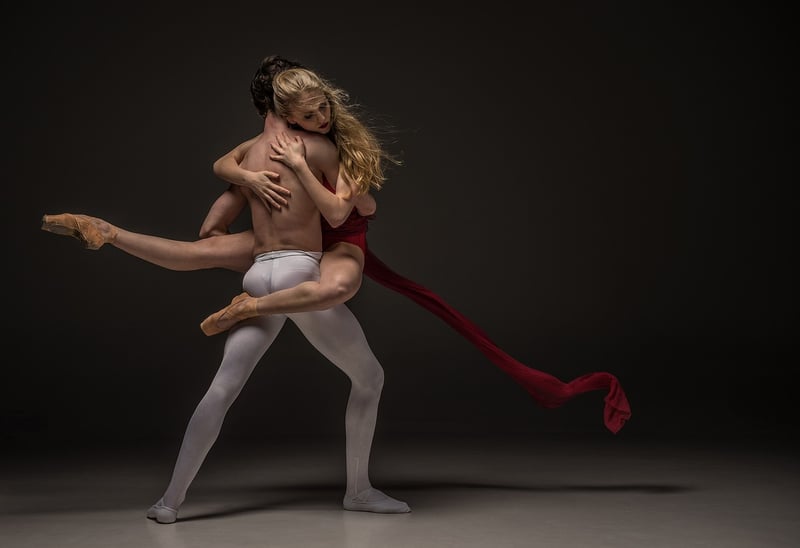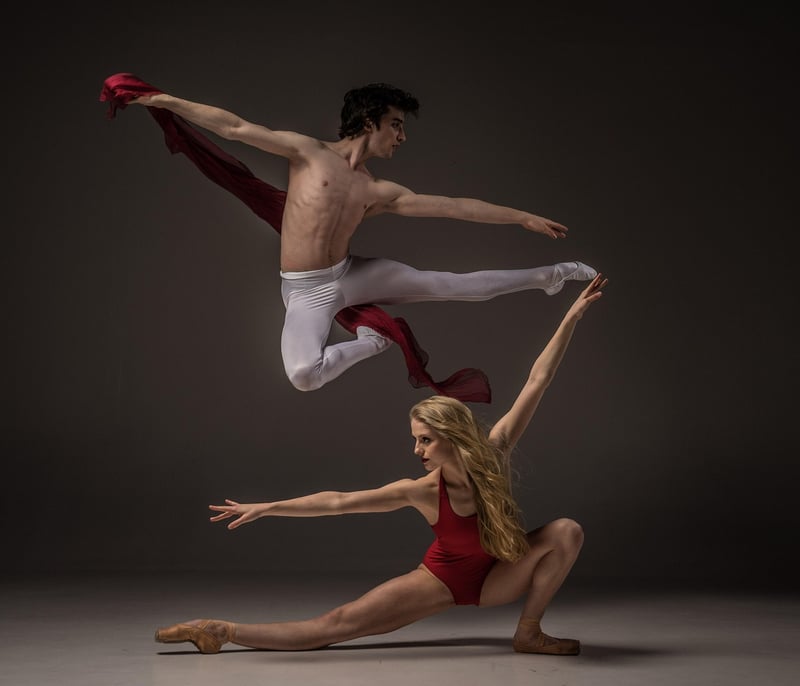Hip Hop
The Power of Expressive Movement in Hip Hop
Hip hop dance is more than just a series of choreographed steps; it's a form of self-expression that allows dancers to convey their emotions, tell stories, and connect with their audience on a deeper level. At the core of hip hop is the concept of expressive movement, where dancers use their bodies to communicate feelings, thoughts, and experiences.
Breaking Boundaries with Body Language
Hip hop dancers break boundaries with their body language, using movements that are bold, powerful, and often unexpected. From intricate footwork to fluid isolations, each movement has a purpose and adds to the overall narrative of the dance. Through expressive movement, hip hop dancers can convey a wide range of emotions, from joy and celebration to anger and defiance.

Connecting with the Beat
Expressive movement in hip hop is closely tied to the music. Dancers listen to the beat, rhythm, and lyrics to inform their movements and create a powerful connection between the music and their bodies. This synchronization allows dancers to express themselves authentically and create a dynamic performance that resonates with the audience.
Storytelling through Dance
One of the most compelling aspects of hip hop dance is its ability to tell stories without words. Through expressive movement, dancers can convey narratives, explore themes, and evoke emotions in their audience. Whether it's a personal story of struggle and triumph or a social commentary on current events, hip hop dance has the power to captivate and inspire.

Embracing Individuality and Creativity
Expressive movement in hip hop celebrates individuality and creativity. Dancers are encouraged to bring their unique style and personality to their performances, allowing them to express themselves authentically and connect with their audience on a personal level. This emphasis on individual expression is what makes hip hop dance so powerful and resonant.
Overall, expressive movement plays a vital role in hip hop dance, allowing dancers to break boundaries, connect with the music, tell stories, and embrace their individuality. Through movement, hip hop dancers can express their emotions, share their experiences, and create a powerful connection with their audience that transcends words.
